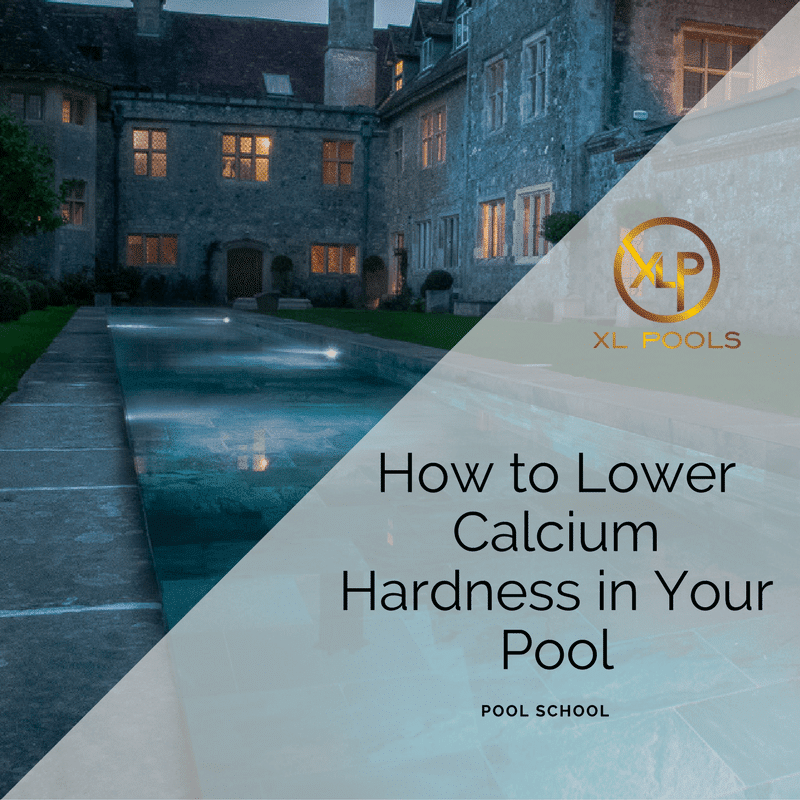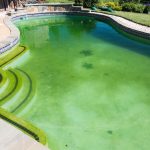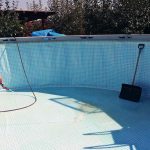When it comes to maintaining a pool, there are several key factors to consider, and one of the most important is the calcium hardness level. Calcium hardness refers to the amount of dissolved calcium in the water, and it plays a crucial role in maintaining the overall balance and health of your pool. If the calcium hardness level is too high, it can lead to a range of issues, including cloudy water, scale formation, and potential damage to the pool equipment. In this article, we will discuss the steps and methods to lower calcium hardness in a pool effectively.
Understanding Calcium Hardness
Before diving into the methods of lowering calcium hardness, it’s important to have a basic understanding of what it is and why it matters. Calcium hardness is measured in parts per million (ppm) and typically falls within the range of 200-400 ppm for most pools. This level helps to prevent the water from becoming corrosive or scaling, which can cause damage to the pool surface and equipment.
Effects Of High Calcium Hardness
When the calcium hardness level in a pool becomes too high, it can lead to a range of issues. These include the formation of scale on pool surfaces, cloudy water, reduced effectiveness of sanitizers, and potential damage to the pool’s plumbing and equipment. Additionally, high calcium hardness can make it more challenging to maintain the proper chemical balance in the water.
Methods to Lower Calcium Hardness
Lowering the calcium hardness level in a pool involves a combination of water management and treatment methods. Here are some effective ways to address high calcium hardness:
1. Partial Drain And Refill
One of the most common and effective methods for lowering calcium hardness is to partially drain the pool and refill it with fresh water. This dilution method helps to reduce the overall concentration of dissolved minerals, including calcium, in the pool water. It’s important to calculate the appropriate amount of water to drain based on the current calcium hardness level and the desired reduction.
2. The Use Of A Reverse Osmosis (ro) System
Another effective method for lowering calcium hardness is to use a reverse osmosis (RO) system. This advanced water treatment technology can remove a high percentage of dissolved minerals from the pool water, including calcium, without the need for a complete drain and refill. RO systems are designed to filter out impurities at the molecular level, resulting in a significant reduction in calcium hardness and other contaminants.
3. Use Of A Sequestering Agent
Sequestering agents are chemical products designed to bind with dissolved minerals in the water, including calcium, to prevent them from forming scale and causing other issues. While sequestering agents do not lower the actual calcium hardness level, they can help to manage the effects of high calcium by keeping the minerals in solution and preventing them from precipitating out of the water.
4. Maintain Proper Ph And Alkalinity Levels
Properly managing the pH and alkalinity levels of the pool water is essential for preventing calcium hardness issues. Maintaining the pH in the ideal range of 7.4-7.6 and the total alkalinity between 80-120 ppm can help to prevent the precipitation of calcium and other minerals, reducing the likelihood of scale formation and cloudy water.

Credit: xlpools.com
Preventing High Calcium Hardness
While it’s important to know how to lower calcium hardness when it becomes too high, preventing it from reaching problematic levels in the first place is the best approach. Here are some tips for preventing high calcium hardness in your pool:
Regular Testing And Monitoring
Regularly testing the pool water for calcium hardness and other key parameters is essential for identifying any issues early on. By monitoring the calcium hardness level and taking proactive steps to address it, you can prevent it from escalating to a problematic level.
Proper Water Balance
Maintaining the proper water balance, including pH, alkalinity, and calcium hardness, is crucial for preventing a range of water quality issues. By staying on top of water chemistry and making adjustments as needed, you can help to prevent high calcium hardness and its associated problems.
Professional Maintenance And Service
Regular professional maintenance and service for your pool, including proper cleaning, filtration, and chemical treatment, can help to prevent calcium hardness issues from developing. Working with a qualified pool service provider can ensure that your pool is properly maintained and that water quality issues are addressed proactively.

Credit: www.wikihow.com
Conclusion
Managing the calcium hardness level in a pool is a critical aspect of pool maintenance and water quality management. By understanding the effects of high calcium hardness and implementing effective methods to lower it, pool owners can maintain a healthy and balanced pool environment. Whether through partial drain and refill, the use of advanced treatment systems, or proactive water management, addressing high calcium hardness is essential for the long-term health and enjoyment of your pool.
By staying informed and taking proactive steps to manage calcium hardness, pool owners can ensure that their pool remains a source of relaxation and enjoyment for years to come.




